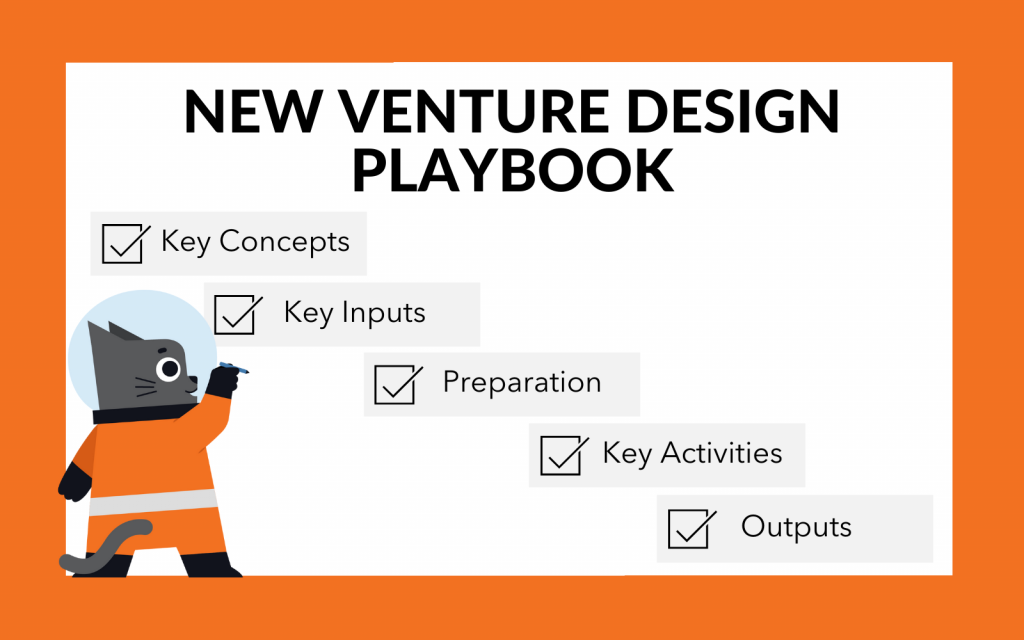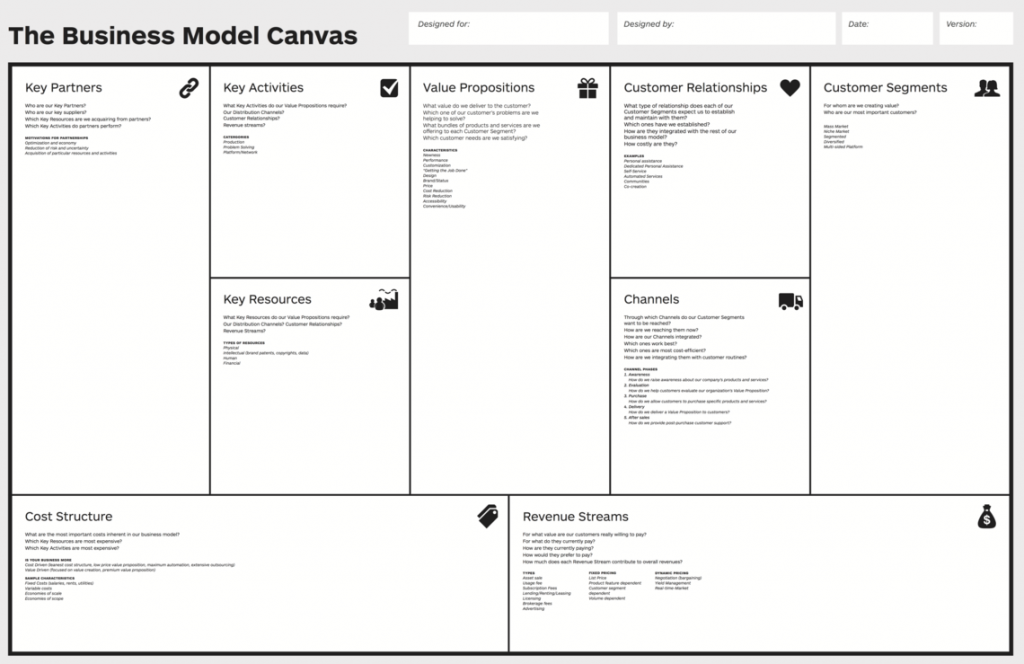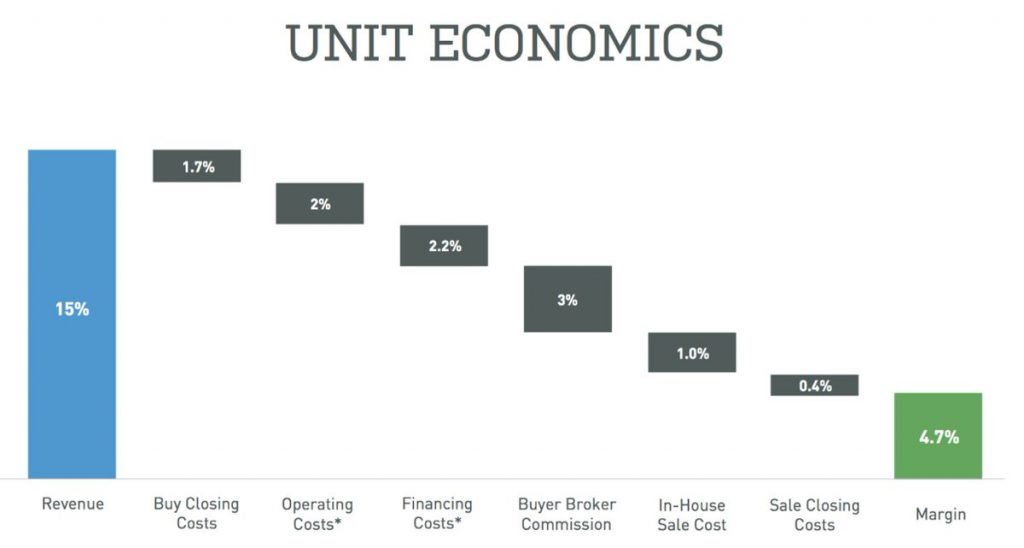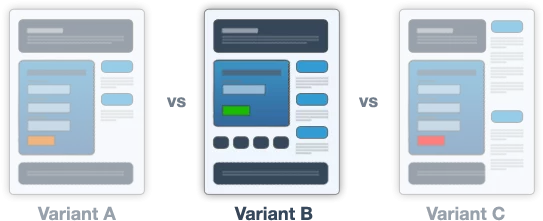
Ambitious growth plans often require addressing new customer needs, entering new markets, selling dramatically different products or applying new technology. Any single one of these represents a challenge, put them together, and you need some thinking to make sure you’re set up for success. This is where the New Venture Design Playbook comes in.
The New Venture Design Playbook is for when you have identified that there might be an opportunity that you want to pursue. Usually, it starts with an insight into a market, customer problem or new technology. Sometimes it’s driven by an innovation process or company strategy to grow. Regardless, you’re faced with the momentous task of forming a new business.
Common wisdom says new ventures have a high probability of failure but, with the right preparation, you can increase your chances of success.
Personally, this is the playbook I wish I’d had before losing hundreds of thousands across a few different ventures. We followed the wisdom at the time of build, launch and iterate as fast as you can. Had we slowed down just a little and spent the time to design the new businesses, I’m confident we would have seen more success because I’ve applied it since and I’ve observed others applying it with great results (without calling it this playbook). In some cases, we would have killed the ventures earlier.
Side note: Although it’s called “new venture design”, you could just as easily use it to shape a new product.
Why do New Venture Design?
The primary reason for doing New Venture Design in the way described here is to increase your chances of success or quickly kill the opportunity so you can move on to something else.
Why Not Just Ship?
The biggest friction point for fast-moving tech companies when proposing a semi-structured process to design a new venture is that they just want to ship. As I explained, I’ve been there. I get it. I’ve also been burnt and lost investments. So, I’ll offer a few counter-points:
- The cost of a line of code is significantly more than the effort to build it, which is significantly more than research. You need to support code, explain, run it. Often a line of code locks you in; it’s harder to change code than an idea on a slide.
- ‘Build, Measure, Learn’ is probably best expressed as ‘Learn, Measure, Build’.
- Every New Venture Design I’ve done has led to the opportunity shifting significantly or being killed. When the insights were ignored, they showed up as key hurdles.
- When we’ve had to do New Venture Design partway through a struggling venture, it’s been too late.
Working With Corporates – Why Top-down Opportunity Identification Isn’t Enough
With corporates, the biggest challenge isn’t convincing them to do a process of planning and thinking (they love this). It’s actually to get them to come at New Venture Design from the right perspective (that of the customer’s need rather than top-down macro trends) and to get them to think in an overall approach of smaller iterations.
Often a corporate strategy team has assembled “an opportunity” that is based on a macro market trend or a problem faced by the business (e.g. “we need to grow by 7% instead of 5%, so how do we acquire more market share”). A New Venture Design is needed here because you need to look at the opportunity from the bottom-up and from the outside in. Not just the lens of what’s best for the existing business unit or what buzzword can we attach ourselves to.
You need to be particularly aware of what’s driving stakeholders – are they genuinely looking to research the opportunity or tick a box to validate what they wanted to do anyway.
Key Concepts
The core concepts you need to consider in New Venture Design are:
- Strategy
- Usual suspects: five forces, etc.
- Talk about the importance of tradeoffs
- Business Model
- Go-to-market
- Product Discovery
- Financial Model
- Keep separate. Talk of overlap
- Special mention of cashflow
- Roadmap – sequencing important
This list is not exhaustive due to the wide range of businesses that you might need to design. However, it does convey the most common concepts that we’ve seen across the design of new ventures.
Key Inputs
Before you start on New Venture Design, the key input you need is the outline of a possible opportunity. This could take the form of a bullet point in an email (“we think there is an opportunity in an app for gig workers”), it could be a brief memo, or it could be more formal outputs from a corporate innovation search process.
It’s also helpful, but not essential, to put together any related market data, financial information, customer research or learnings from previous attempts that your company may have.
Preparation
Preparation for New Venture Design is about going through the following steps:
- Collect the information you have on hand
- Clarify investment criteria
- Plan the number of iterations you want
- Plan the activities
1. Collect the Information You Have on Hand
Put together a pack with the information you have available in the organisation. A small amount of time spent here preparing an information pack will save you and your team time.
2. Clarify Investment Criteria
Before you set out to put together an investment case, you want to understand what is going to succeed or not. Your organisation should have investment criteria and, if not, then you may want to spend some time putting criteria together during this New Venture Design.
3. Plan the Number of Iterations You Want
The next step in preparing for a New Venture Design is to consider the number of iterations you want to make on the concept before proceeding. New Venture Design is not a linear process due to the uncertainty that you’re dealing with. More often than not, you’ll kill your initial idea and move on to an adjacent opportunity. Sometimes this will happen more than once, which is why you need to allow space to iterate through the uncertainty.
4. Plan The Activities
You will also need to plan the activities you are going to undertake for each iteration in working towards a new venture.
You will likely need to adjust the activities and number of iterations based on your timelines and budgets.
Key Activities
There are some key activities that take place in almost every New Venture Design. The groups of activities that you will usually want to perform are:
- Outline the Opportunity
- Perform a Product Discovery
- Form a Thesis
- Model the Business and Financials
- Sequence the Business
- Run a Real Experiment
In terms of the sequence of activities, we take a bottoms-up, outside-in approach. This approach to new ventures is about starting with the activities that help you understand more about the customer and the players in the market. You then put rigour into your business model, financial model and other aspects of the new venture.
The alternative to this is to put rigour into the business and financial model first, which is dangerous because it is done with a limited understanding of the customer.
It’s also likely that you’ll jump between the activities, especially near the end of New Venture Design.
1. Outline the Opportunity
You need to form an outline of the opportunity quickly. The fastest way to do this is with a structured workshop focused on understanding a new product or venture.
You can slow this down a bit and break the workshop linked above into multiple workshops looking at (at a minimum):
- Who’s the customer?
- What’s the business model?
- What’s the roadmap?
- What’s the solution/product?
People often want to start with the solution/product, but you need to pull it back to the customer and business model.
Taking time here is necessary because there are always gaps in the information available on the opportunity or the initial thinking. It’s also necessary because your team needs time to form their own views.
2. Perform a Product Discovery
A Product Discovery is a relatively standard approach to working out what customers want and how you can deliver a solution for them. Most fast-growing companies use it.
You can use the Product Discovery Playbook to understand the activities you need to perform here.
3. Form a Thesis
After doing the Product Discovery, you will have gained a greater understanding of the customer, the market and the opportunities.
You need to use this information in combination with some common strategic frameworks to form a view on where the industry and opportunity domain is headed, including if it’s headed anywhere interesting at all.
This is really similar to an investment thesis that a venture capital firm, private equity firm or hedge fund might develop.
Some of the frameworks and theories that are commonly used here are:
- Porter’s Five Forces
- Ansoff Matrix
- The DHM Model – how do you delight customers in hard to copy, margin enhancing ways?
- Optionality – a combination of Nassim Taleb’s books, the Dao of Capital and Thinking in Bets.
4. Model the Business and Financials
You will need to model the business and its financials in detail, usually by incrementally improving your models as you evolve your understanding of how the business will operate and succeed.
For business modelling, the most helpful tool is the Business Model Canvas:

For financial modelling, you will need to develop some foundational models:
- Monthly Profit & Loss forecasts for the first 1-2 years, including key metrics
- Top-line Profit & Loss forecasts for 1-5 years (we usually only go to 3)
- Cashflow forecasts
- Unit Economics Model

Then you will usually need some analysis of these models, such as:
- Break-even analysis
- Sensitivity analysis on unit economics
- Cashflow sensitivity analysis
5. Sequence the Business
Almost every new venture idea has grand ambitions that can’t be fulfilled immediately. More likely, you will need to build confidence and achieve some goals on the way to your ambitious long term business state. These goals will unlock revenue, cashflow and possibly additional capital that you can use to keep going and growing.
Getting the order of your goals and business operations is an essential part of designing a new venture, often called sequencing.
This step is where you play with the sequence of your goals and operations to arrive at a plan and strategy that’s both ambitious yet achievable within your constraints.
6. Run a Real Experiment
During new venture design, much of the work is theoretical and performed behind the desk or with colleagues on (virtual) whiteboards. But, your insights and foundations for success can be multiplied by conducting some real-world experiments.
The experiments don’t need to be overly arduous or complicated. You can run a landing page experiment in a few days. You could do a small direct outreach campaign to test demand. You could create a wizard of oz prototype for a handful of people to trial.

A few days or even weeks spent on a real-world experiment can provide a much-needed reality check for you and your team. Or, it might give concrete support and colour to overcome a key criticism from your stakeholders.
Outputs
Some of the outputs that you will want to produce are (in no particular order):
- Investment Thesis
- Customer Interviews, Notes and Insights
- Business Model Canvas
- Profit & Loss
- High-Level Product Requirements and Solution Definition
- Assumptions and Risks Register
- Results from Real Experiments
- Key Success/Failure Metrics

Scott Middleton
CEO & Founder
Scott has been involved in the launch and growth of 61+ products and has published over 120 articles and videos that have been viewed over 120,000 times. Terem’s product development and strategy arm, builds and takes clients tech products to market, while the joint venture arm focuses on building tech spinouts in partnership with market leaders.
Twitter: @scottmiddleton
LinkedIn: linkedin.com/in/scottmiddleton